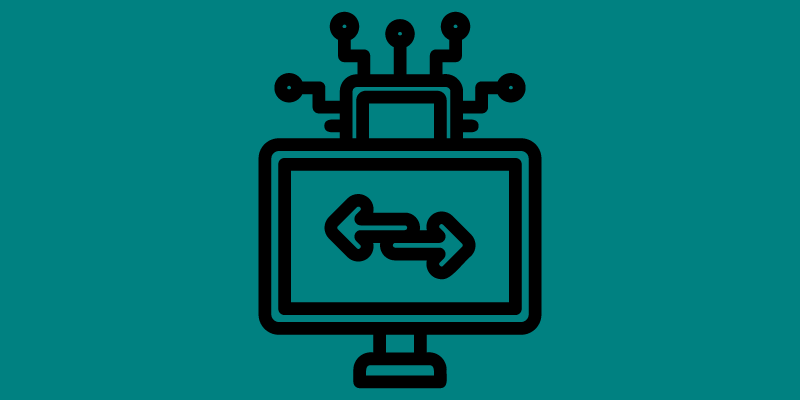Accelerating Model Training by Leveraging Knowledge
In the ever-evolving landscape of deep learning, transfer learning has emerged as a powerful technique that significantly accelerates model training and enhances performance. It allows models to leverage knowledge gained from one task to excel at another, making significant contributions to the field of artificial intelligence. This article discusses the intricacies of transfer learning, shedding light on its mechanisms, advantages, and real-world applications.
Understanding Transfer Learning
Transfer learning involves utilizing the knowledge acquired from solving one problem to enhance the learning and performance of a related problem. It’s analogous to the way humans learn: the knowledge gained from mastering one skill can be applied to acquire a new skill more efficiently.
Three Pillars of Transfer Learning
- Source Task: The task from which knowledge is transferred. It’s typically a task that has been extensively trained and has extracted valuable features
- Target Task: The new task that benefits from the knowledge gained in the source task. The target task usually has limited labeled data
- Domain: The data distribution and characteristics of both source and target tasks. The closer the domains, the more effective transfer learning is
Types of Transfer Learning
- Inductive Transfer Learning: In this scenario, the source and target tasks are similar, but not identical. Features learned from the source task are used to initialize the model for the target task
- Transductive Transfer Learning: Here, the source and target tasks are the same, but the domains differ. This is often seen in scenarios where the model is trained on one domain and applied to another
- Unsupervised Transfer Learning: This approach uses unsupervised learning to pre-train the model on a source task, making it adept at capturing rich features that can be fine-tuned for a target task
Advantages of Transfer Learning
- Efficiency: Transfer learning drastically reduces the time and resources required for model training. Instead of starting from nothing, models already possess knowledge from the source task
- Enhanced Performance: Transfer learning often results in improved performance on the target task. The model inherits the capacity to recognize relevant features from the source task, which can be crucial in solving the target task
- Low Data Scenarios: In cases where the target task has limited labeled data, transfer learning proves to be invaluable. It helps overcome data scarcity by leveraging the abundance of data from the source task
Real-World Applications
- Computer Vision: Transfer learning has revolutionized image recognition tasks. Models pretrained on massive datasets like ImageNet can be fine-tuned for specific tasks like detecting medical conditions from X-rays
- Natural Language Processing (NLP): In NLP, pretrained language models like BERT and GPT-3 serve as valuable starting points for various tasks such as sentiment analysis, text generation, and named entity recognition
- Healthcare: Transfer learning plays a pivotal role in medical image analysis. Pretrained models are fine-tuned to identify anomalies in medical scans, enabling early detection of diseases
Challenges and Considerations
- Domain Discrepancy: If the domains of the source and target tasks are vastly different, the effectiveness of transfer learning might diminish
- Task Mismatch: In cases where the tsks are dissimilar, transferring knowledge might not yield substantial benefits.
- Overfitting: Models might overfit to the source task’s data, making it challenging to adapt them to the target task
- Ethical Concerns: Transfer learning raises concerns about privacy and bias, especially when models are pretrained on a wide range of data
Increasing Efficiency and Performance
Transfer learning has established itself as a cornerstone in deep learning, catapulting the field to new heights of efficiency and performance. By transferring knowledge gained from one task to another, models can bypass the painstaking process of training from scratch, revolutionizing the speed and accuracy of AI applications. As transfer learning continues to evolve, it promises to unlock new possibilities across diverse domains, from healthcare to finance to entertainment. Its potential to democratize AI and empower practitioners to tackle complex challenges with limited data holds the promise of a future where AI solutions are more accessible, adaptable, and impactful than ever before.





